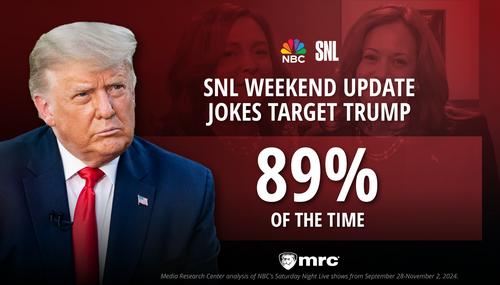
The New York Times will stop charging for access to parts of its Web site, effective at midnight tonight. (src. NY Times)
In reality this isn’t so much of a celebration for me. I was quite happy to see some of the Times celebrity opinion makers sequestered behind the mighty corporate barrier to access. It held a certain sense of ironic justice. But as they say, all good things come to an end.
As expected, the Times can’t even report news about itself without filtering it through the editorial spin cycle.
The Times said the project had met expectations, drawing 227,000 paying subscribers — out of 787,000 over all — and generating about $10 million a year in revenue.
“But our projections for growth on that paid subscriber base were low, compared to the growth of online advertising,” said Vivian L. Schiller, senior vice president and general manager of the site, NYTimes.com.
Oh I see. This was the plan all along. Business managers always cancel projects and close up shop when expectations are being met. Not.
The reality is that the $10 million dollars that the New York Times made with their select subscription model appears to translate to a gigantic loss in online ad-revenue. An opportunity cost that dwarfs the relatively small amount they brought in with select membership not to mention marginalizing some of their best talent.
Consider that the NY Times total ad revenue for its news media group, YTD through August 2007, was nearly $1.24 billion dollars. This includes revenue generated by Times Select members and other ventures that fall under the news media label. Imagine the revenue they could have generated if millions of potential page views could have made their way into those select pages.
This is a compound loss both on potential ad revenue and market building. Now the New York Times must start back where they left off 2 years ago while others have been working tirelessly to co-mingle with the new media.
The company continued its decline on Wall Street by closing at a new 10 year low of 19.65.
Terry Trippany is the Editor at Webloggin




